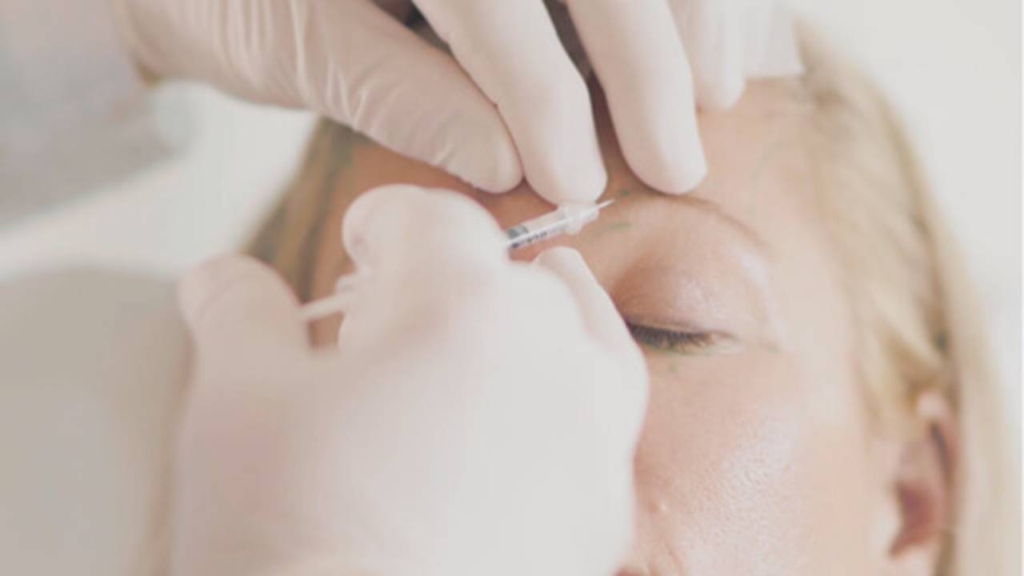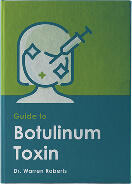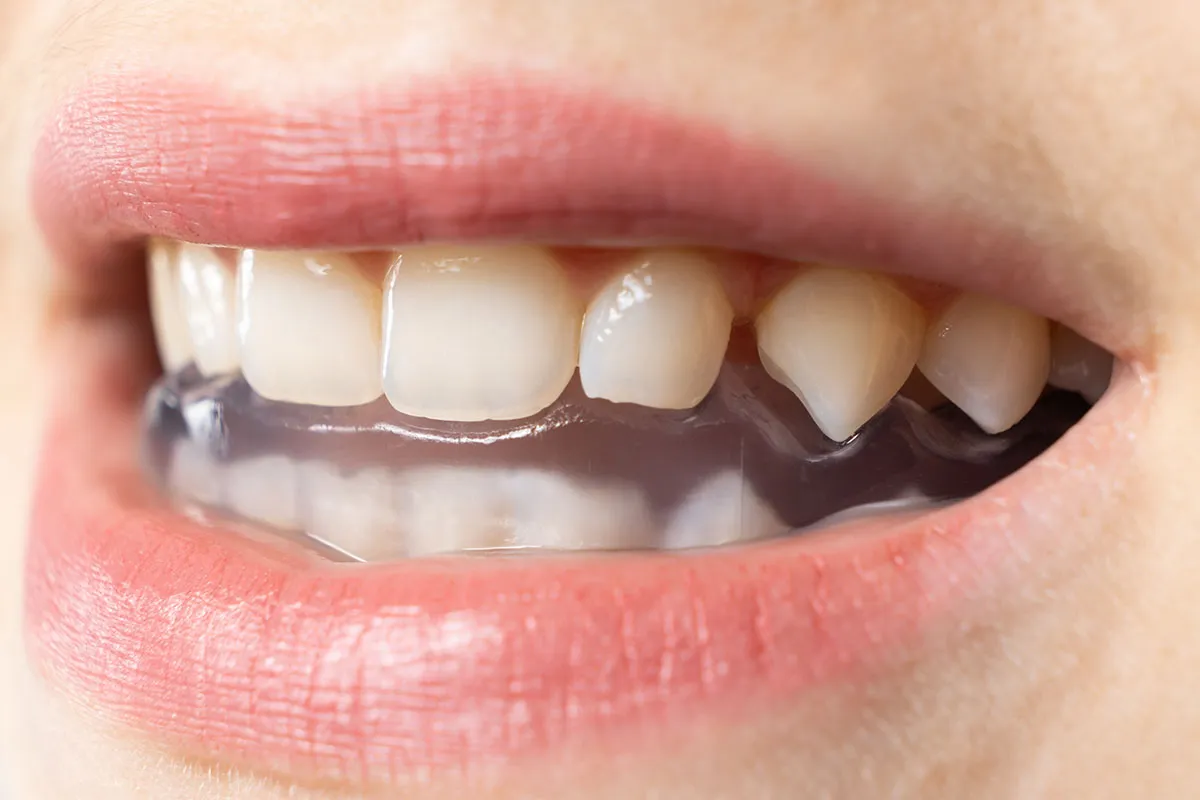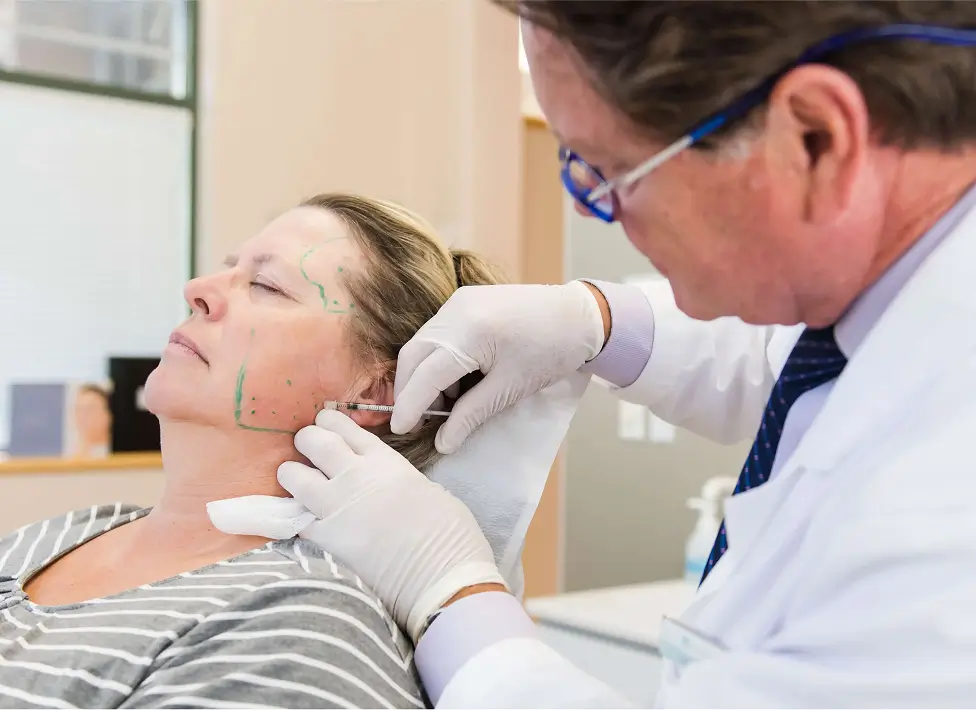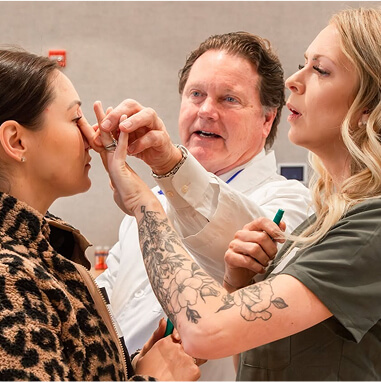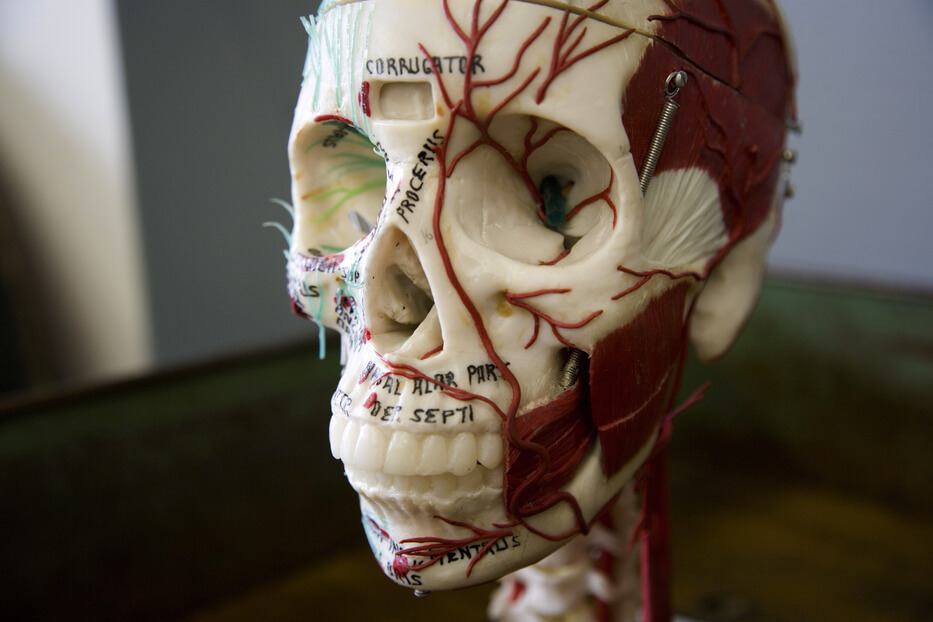Intramuscular injection of botulinum toxin A (BoNT-A) is a common treatment both aesthetically for the relaxation of wrinkles, and therapeutically for Temperomandibular Disorder (TMD) and bruxism. Studies have shown however, that when injecting the Frontalis muscle, there is no significant difference in anti-wrinkle efficacy between intramuscular (IM) and intradermal injections (ID) (Carruthers & Carruthers, 2013). Intradermal injections of BoNT-A are associated with a lower risk of adverse side effects. The use of an intradermal BoNT-A injection technique however, has only been studied within the Frontalis region.
Botox Injection Technique: Development of the PTIFAT Weal Technique
In 2008, PTIFAT Co-Founder, Dr. Warren Roberts, began applying the concept of intradermal injection of BoNT-A with a high concentration (1:1) of BoNT-A to create the “PTIFAT Weal technique”. Unlike traditional teaching where BoNT-A is injected deeply into muscle (an experience which can create much patient discomfort), the PTIFAT Weal technique utilizes the concept of high concentration (1:1) injections placed at a superficial intradermal level. Using a high 1:1 BoNT-A concentration and proper anatomical placement, the product diffuses to the correct target muscle and eliminates the risk of unwanted BoNT-A migration. In addition, the intradermal nature of this injection technique means only the bevel of the needle tip is ‘rolled’ into the skin – increasing patient comfort and decreasing chances of negative side effects including pain and bruising.
Botox Injection Technique: the PTIFAT Weal Technique
This technique can be applied to aesthetic BoNT-A injections for both the upper and lower face, as well as therapeutically. Dr. Roberts has collected years of EMG data to support the effectiveness of the PTIFAT Weal technique in reducing hyperactivity of the Masseter, Temporalis and Platysma muscles, thus reducing symptoms of TMD and Bruxism.
Following treatment of thousands of patients with the PTIFAT Weal Technique, this method has shown that intra-dermal injections of BoNT-A can be used in all treatable areas to produce effective and consistent results. To learn the PTIFAT Weal Technique, simply register for the online Level 1 et Level 2 hands-on course.
